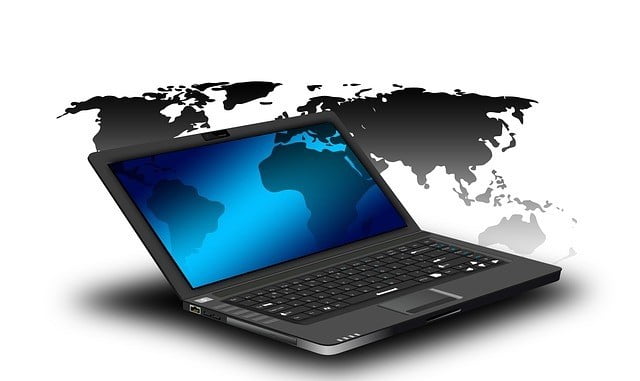The past two years showed some record highs for IT industry companies in terms of growth, mergers, acquisitions, and overall development both on the U.S. market and globally. While the pharma, beverage, and FMCG industries remained top of the list for some of the largest mergers and buyouts, mergers and acquisitions of technology, communications, and media companies were what really boosted the stellar performance, reaching more than 3,000 transactions worth $768 billion by the end of 2015.
Throughout this major growth in the industry, the business development and management of business continuity for these rising companies have become paramount factors. Once known as a Disaster Recovery Plan and often included in the business plans of large companies, the concept of business continuity, and a fail-safe plan to keep all systems secure and operational, has become the standard.
In the ultra fast-paced world of building and maintaining a business today, in particular in the areas of software and SaaS, both vendor and client companies must ensure that all sides are able to respond quickly to guarantee that critical business functions, often internet-based, can continue without major disruption in emergency situations.
The funny thing is that it’s sometimes still necessary to point out the obvious. The obvious, in this case, and often missed is that business continuity often doesn’t have much to do with the quality of the software in question or its development team. The fact is that, in today’s day and age, the vast majority of businesses are critically reliant upon their IT systems and the software they use for day-to-day operations. Should even a part of these systems go down for any reason, these companies won’t be able to deliver their products and services. Everything and anything, from losing customers and significant financial loss to a slew of legal liabilities, can easily occur and damage the business long-term or permanently.
The most obvious thing to point out in all of this is that, in most cases, these businesses won’t even be at fault for these crises. Natural disasters, inadvertent loss of data or corrupted files, power outages, equipment malfunctions, hacking attacks or viruses – all of these can and usually are beyond the control of the company and the results can be detrimental or even fatal to a business.
What fairly vague reports are available on this topic say that only a bare majority of tech companies in the U.K. and U.S. apply security practices like full cybersecurity audits, penetration tests, intrusion detection systems and a wide range of security measures. The methods and services for this sort of thing are, however, definitely available and, after the now infamous security breaches among tech giants revealed in the past year, seem to be gaining in popularity among tech companies of all sizes. To boot, companies need to consider services such as software escrows, investment protection, and technical verifications when evaluating business continuity to ensure protections are in place if a critical software vendor discontinues business.
As an illustration of just how seriously companies in the fast-growing tech world are taking this sort of security, Utah-based software escrow and technology escrow provider EscrowTech, a favorite for this sort of thing among Fortune 500 companies, has taken its security features to what might appear to be ridiculous levels to some. The trusted software and IP protection company features what they have dubbed “two site storage” and an independent escrow vault inside a granite mountain for long-term, off-site storage that includes fire retardant construction, electronic surveillance, 24-hour armed guards, and meets federal regulations.
While that sounds like something that came out of a new Marvel movie to the mere mortals among us, some of these measures – like the safety of a granite mountain that is resistant to most major natural disasters – has simply become a necessity in ensuring business continuity in both everyday delivery and everyday use of software and Internet-based services. In rare but possible situations when these businesses can’t come to the mountain, the proverbial mountain will come to them.
Moving forward in building and growing technology businesses in today’s day and age, especially with business development plans often including exit strategies like buyouts, mergers or investments, this sort of “ridiculous” level of security may very well be what makes or breaks a tech company, big or small.



